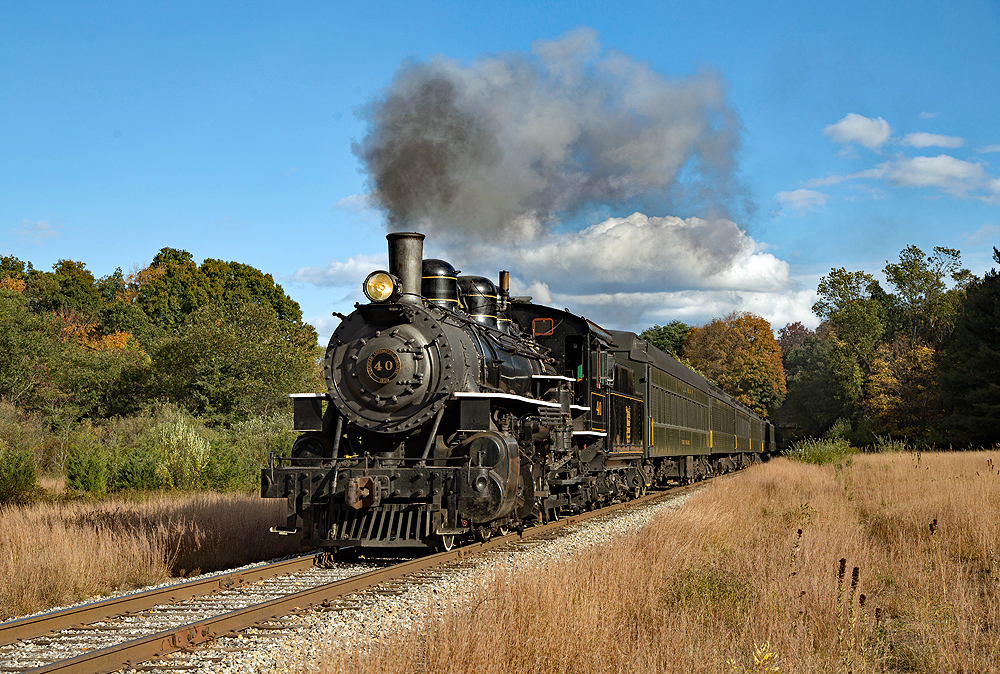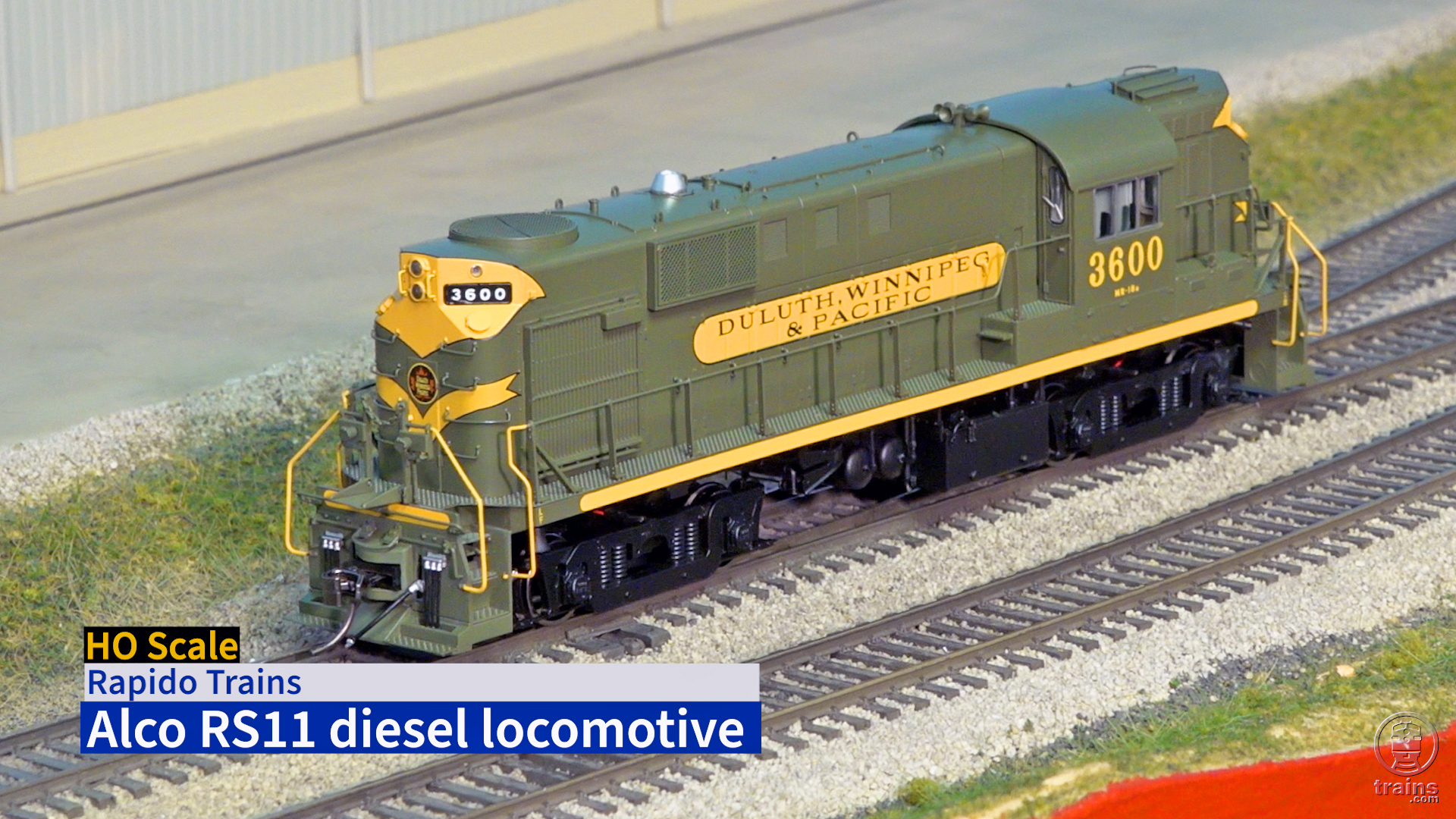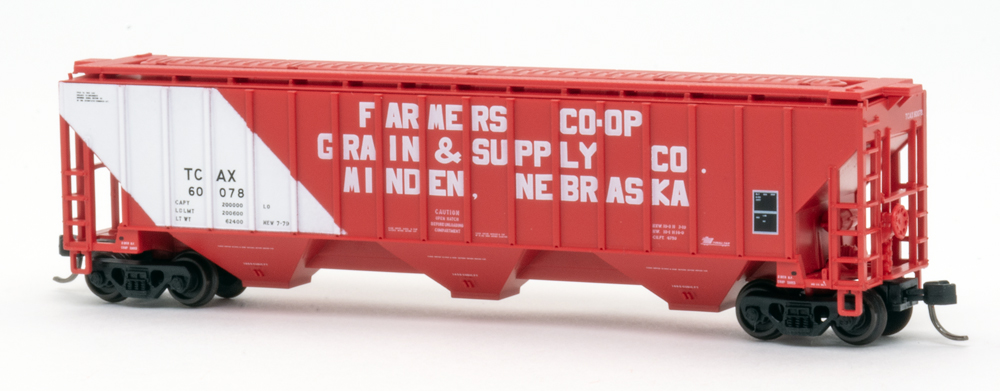According to a lawsuit filed in U.S. District Court for the Northern District of Illinois Eastern Division, Indiana Rail Road, along with railroad industry advocacy groups the Association of American Railroads and the American Short Line and Regional Rail Road Association, are seeking judgement against the Illinois Commerce Commission over the state’s new “Crew Size Law.” According the lawsuit, the railroad and the two groups are asking the court to prevent the ICC from enforcing Illinois’ Crew Size Law and declare that the law is invalid and unenforceable.
The lawsuit was filed in federal court on Sept. 30. According to the filing, the Crew Size Law will take effect in Illinois on Jan. 1, 2020. A statement from the Brotherhood of Locomotive Engineers and Trainmen says the law was signed by Illinois Gov. J.B. Pritzker on Aug. 2 and provides that “no rail carrier shall operate a train or light engine used in connection with the movement of freight unless it has an operating crew consisting of at least two individuals. (The law) provides that the minimum freight train crew size shall remain in effect until a federal law or rule encompassing the subject matter has been adopted.”
The BLET lobbied for the passage of the law and praised officials who helped see it through the legislative process. The plaintiffs in the lawsuit, however, claim that the Crew Size Law “defies federal authority over railroads” and is “preempted by the Federal Railroad Safety Act” which sets no standard for minimum train crew size. The Illinois law “is void and unenforceable under its own terms,” the lawsuit claims.
Minimum crew size has been under debate over the past several years. As summarized in a report by business analysis publication Crain’s Chicago Business, the issue has been hot-button since the 2013 Lac-Mégantic, Quebec, derailment and explosion that killed 47 people in Canada. Despite the Federal Railroad Administration scotcing a proposal earlier this year which, among other issues, would have addressed crew size, Illinois, along with Colorado and Nevada, passed crew size laws. The lawsuit claims that minimum crew size has been determined for decades by collective bargaining and not by the passage of laws at the federal or state level.
The success of the Indiana Rail Road lawsuit against the Illinois Commerce Commission could have far-reaching effect and its outcome could be cited in further potential litigation over the crew size issue. The lawsuit also says the result could impact the success of the nation’s railroads, which could reduce labor costs by reducing crew size. Failure of the court to overrule the crew size law would come at significant cost to railroads and could stifle innovation amongst rail carriers, the lawsuit says.
The lawsuit also claims that railroads are safer now than ever before, even while some carriers, including Indiana Rail Road, have been using single-person crews. The lawsuit states several times that the FRA has not found any conclusive evidence that single-person crews are less safe than crews of two or more people, nor has the agency found reason to mandate crews of two of more people.
Indiana Rail Road has been operating one-person crews for two decades “where it makes operational sense,” according to the lawsuit, and “INRD’s experience and data confirm that one-person crews are just as safe as multiple-person crews.”
The lawsuit also cites drastic safety improvements over the past two decades, including a 36-percent reduction in accident rates since 2000 and a 48-percent reduction in rail employee injuries since 2000.
“Recent years have been the safest in rail history,” the lawsuit says.
According to the lawsuit, INRD and the two groups seek a declaration that the Illinois Crew Size Law is in violation of, and is pre-empted by the Federal Railroad Safety Act and is unenforceable. The plaintiffs also seek a permanent injunction prohibiting the ICC from enforcing the law against INRD, the two groups or the groups’ members, which include all of the nation’s Class I railroads and a myriad of Class II and Class III railroads.
According to federal filings, the Illinois Commerce Commission has not yet filed a response to the lawsuit.















“where it makes operational sense,”
Lec Megantic = did not make operational sense.
Between Newton and Indianapolis (where INRR operates) = does make operational sense
This is just another pro-union effort in corrupt Illinois, where all the unions have politicos in their pocket.
My comment is this: If something is in federal jurisdiction, leave the localities out of it. And (on most issues) vice versa. We don’t need two levels of government competing over which can be the most intrusive and the most disruptive.
Let the feds regulate railroading and leave other programs (like education) to the states and localities. Per the 10th Amendment to the U. S. Constitution.
In areas the INRD operates, one person crews make sense. A roving crew member in a truck that can service multiple trains at once could quickly assist a disabled train (broken knuckle or whatever) since having access to the train can be made by the numerous roads in this part of the country. Even INRD states, “Indiana Rail Road has been operating one-person crews for two decades ‘where it makes operational sense,’ ”
But trains operating in very remote sections of the country I can still see the need for two crew members to solve these incidents, since in some places the nearest road might be many miles away or the area inassessable.
In the 1940’s a minimum crew law in California was overturned and the Supreme Court denied Arizon’a 1912 law limiting freights to 70 cars (a law which probably kept the Santa Fe from developing a big articulated). Of course now that we have a ‘living’ Constitution those precedents may no longer apply.
Robert, what the politicians desire is the much bigger trucking lobbying machine to keep feeding them campaign contributions. As long as the contributions keep coming they will keep ignoring the fact that trucks is what puts truly puts wear & tear on the roads and bridges. They will certainly ignore the significant loss of life on our highways that has been on the increase again. This is all for the political gain of reinforcing the perception that regulating train crew size is a safety concern for the communities they represent.
As quoted in paragraph 3 in the article “no rail carrier shall operate a train or light engine used in connection with the movement of freight unless it has an operating crew consisting of at least two individuals.” and the definition of a light engine as “not moving any freight” why does the law include light engines? Sounds like an oxymoron to me.
These crew size laws if sustained, will just drive more business to the highways. Is that what these stupid politicians desire?